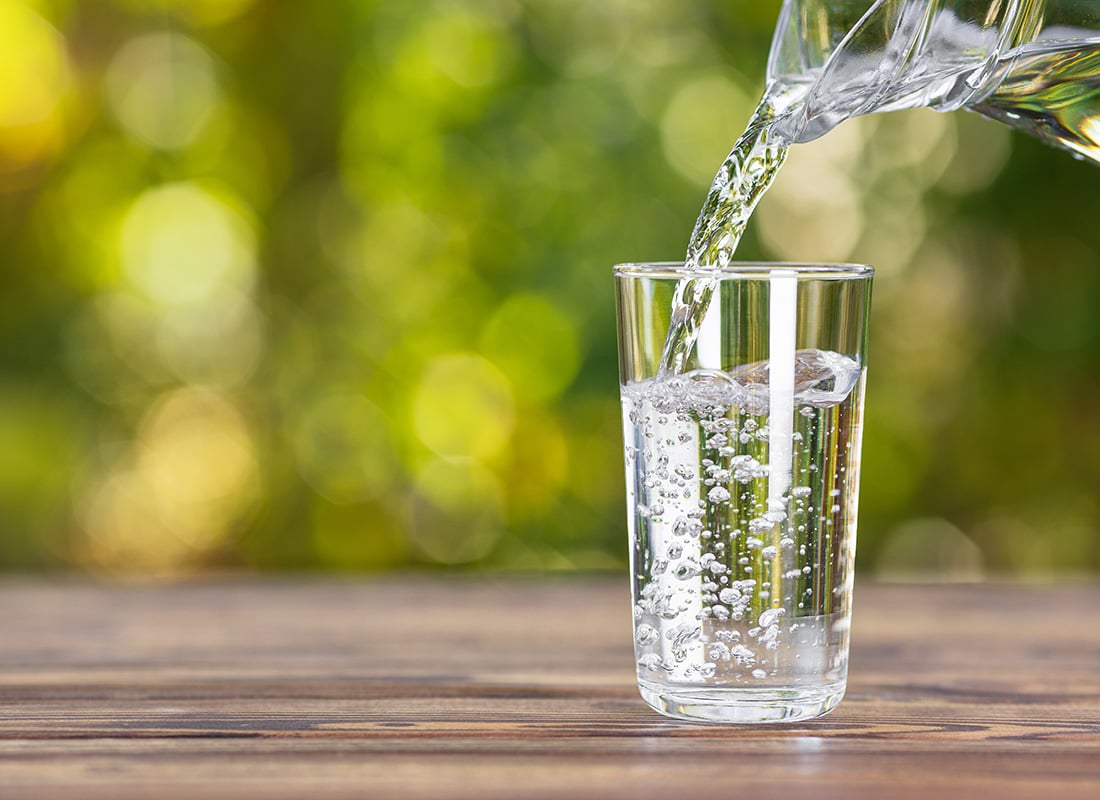Perhaps more accurately at what point does technology become safely disposable especially from a data point-of-view?
In some respects we interact with what can be called disposable technology every day when we go shopping, anything that is deemed at risk of theft often has an acousto-magnetic system sticker attached to it which is used to send a signal to the large red-eyed gates of judgement at the shops exit. We have all set them off, at one time or another, and felt the shame and obligatory need to profess our innocence to bemused passers-by as we try to locate the offending purchase in our shopping bag.
Now what about your bank card? It's valid for a period, more importantly it holds data and we dispose of it when it has expired, in fact the kitchen scissors rarely experience the same levels of passion and satisfaction enjoyed in protecting data by cutting the magnetic strip and deciding how many cuts it will take to render that smart chip unreadable.
WiFi babies?
On the subject of disposable things the humble nappy is probably the most obvious, in fact the average child uses somewhere between 2,500-2,800 nappies (who knew?) and even this mundane, yet practical of parenting solutions, has been given a technology upgrade.
Siempresecos.com, a Barcelona start-up company, has a new line of nappy technology called ChangeAlert that will inform the parent that baby needs changing. Yes that's right...the reusable silicone moisture sensor, which sits against the skin inside the nappy, uses radio waves to send data about the levels of moisture to a bracelet worn by the parent. The future of WiFi enabled babies may have arrived sooner than we could ever have imagined.
In this instance, of course, the nappy itself remains disposable and the technology re-used but, as the cost of technology reduces, will the balance between disposable and reusable change? Will we see off-the-shelf nappies with built-in moisture detectors?
Selfie data
The footprint and power requirements of devices are shrinking and this is giving way to the exciting world of wearable technology, some of which may well become single-use or disposable. It is often said that 'you don't see yourself as others see you' however in this new arena lives a whole new dimension, what might be called 'personal big data', the desire to collate statistical data to provide you with meaningful insights about yourself.
Like the pandemic of the 'selfie', billions will have access to personal 'selfie data' on tap, ranging from geolocation statistics, health statistics and even behavioural and mental health information. The response to the neighbourly question ‘how are you today?’ may now be met with ‘one moment’ as we refer to our collated statistical analysis to ensure we provide the correct answer.
Disposable or single-use technology
On the subject of disposable technology let’s look at contact lenses. Google and Novartis, a Swiss drug maker, have built a contact lens that monitors glucose levels in tear fluid. It uses a wireless chip embedded in the lens to transmit data to a mobile device from an antenna thinner than a human hair. The idea is to help diabetes sufferers manage their condition. I also wonder if this is Google's attempt at reinventing Google's Glass as contact lenses.
But how do we manage what may well become a mass of micro, and possibly throwaway, technology? We are all aware of the dangers of throwing away technology that has data stored on it, no matter how secure or encrypted it might be. Will we start to see home based EMP devices that cause the lights to dim and flicker as it obliterates data on these devices once they have served their purpose?
So as I go to check on my baby's WiFi connection, I’ll leave you with this thought: As humans it's fair to say we are only just working out what the real issues are around the whole internet of things and the essential area of protecting data, and we have a long way to go before we see what might be described as mature methods or even 'good practise' especially when it comes to what might well be a world of single-use, throwaway technology.
Baby's peed...












